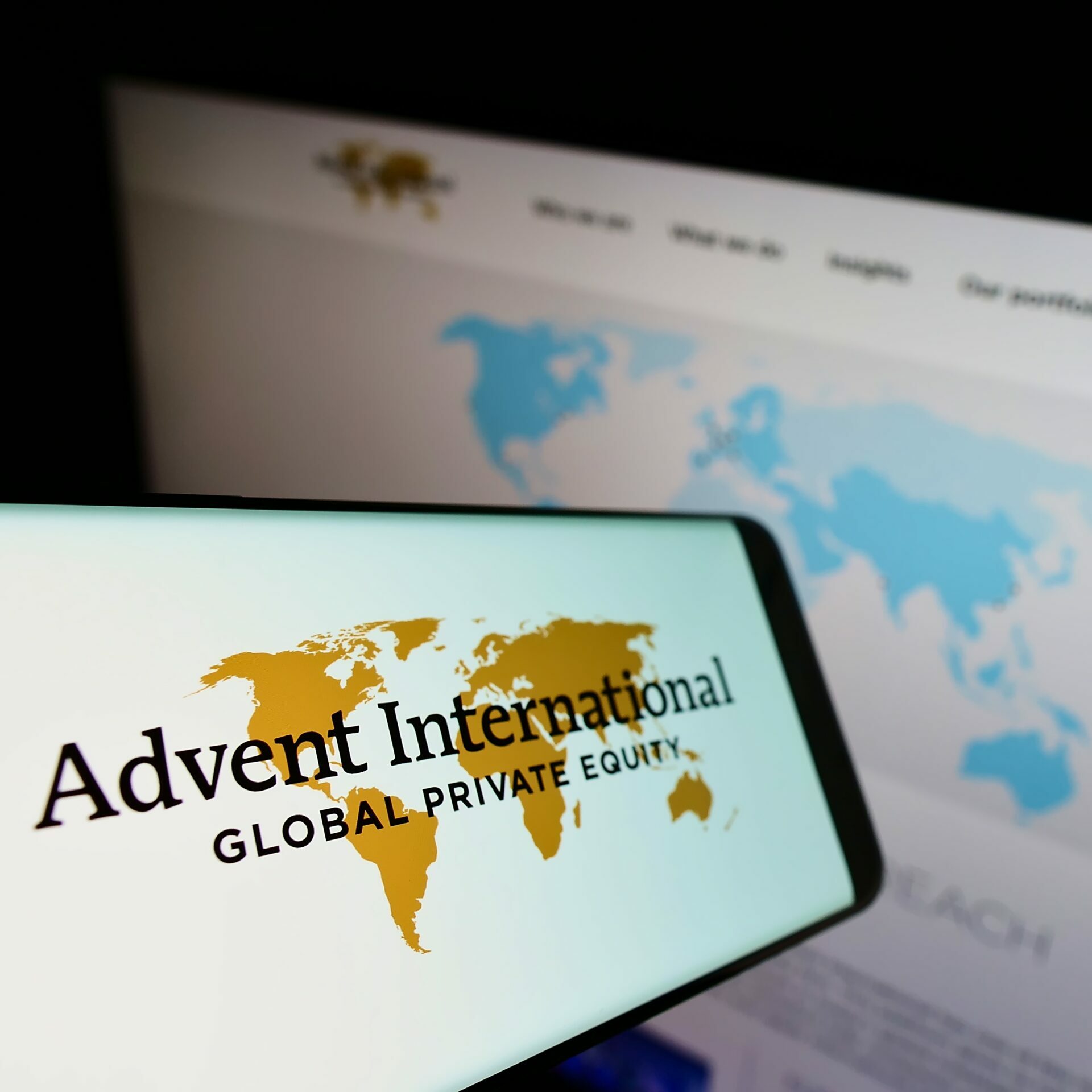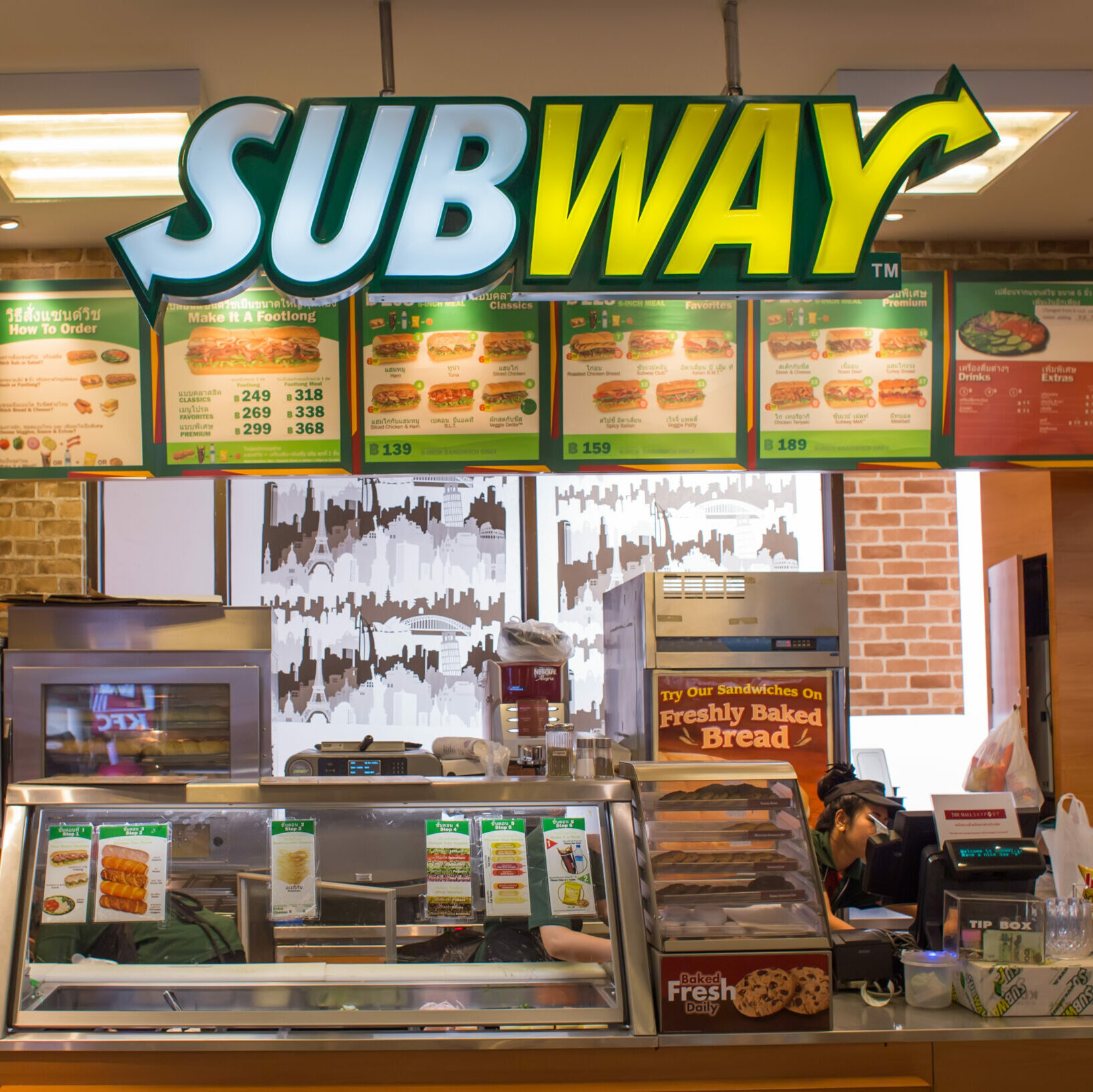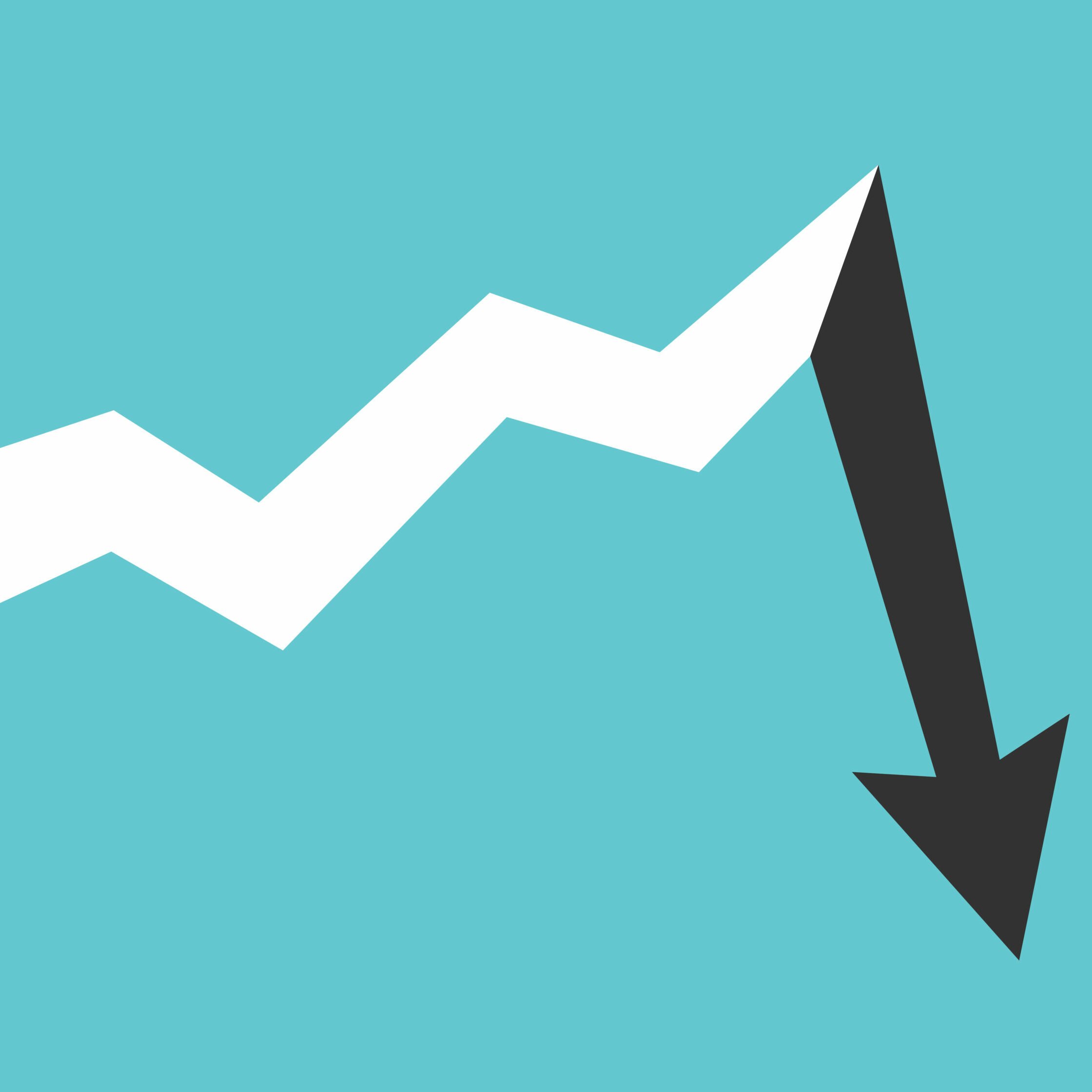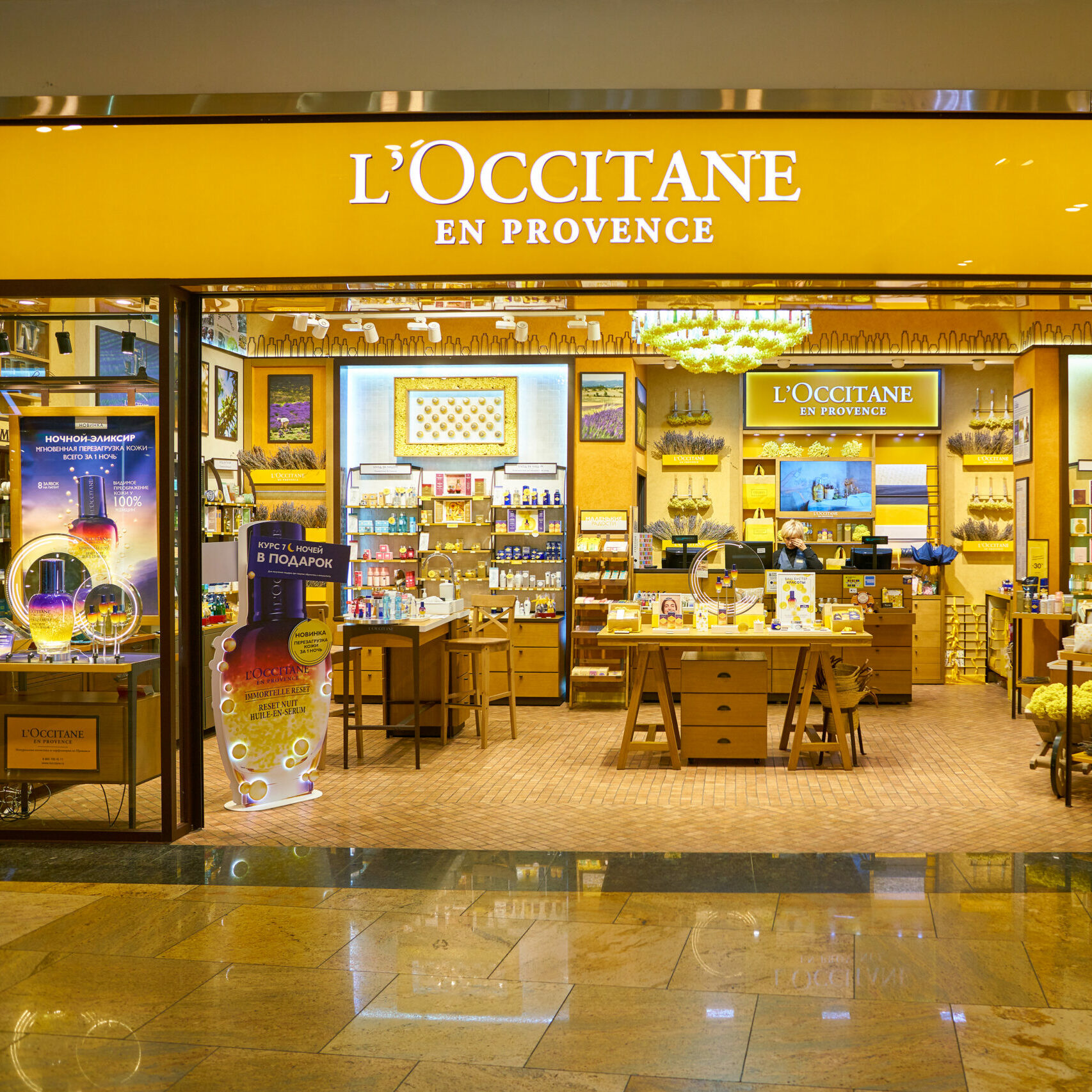No matter who you talk to, global private equity has enjoyed a period of enormous growth in the last few years and, in Luxembourg, this has proven to be a key factor as it has looked to drive interest, globally, in regulated private equity funds.
As the Association of the Luxembourg Fund Industry (ALFI) reported at the end of 2018, although the PE fund landscape is still dominated by funds of EUR100 million or less in AUM, the number of large PE funds (EUR500 million and above) has increased to represent over 4 per cent of the total, with the Reserved AIF fund structure and unregulated Limited Partnerships representing 30 per cent of all Luxembourg-domiciled PE funds in 2018.
“Private equity funds are performing well and attracting new investors and the boom seems to show no sign of ending,” comments Ramón van Heusden, Head of Client Services, TMF Group, Luxembourg.
Even though total net assets raised (USD426 billion) in 2018 were down slightly on the record level of USD566 billion raised in 2017 according to Preqin, it is fair to say that with more than USD1 trillion in dry powder, PE groups have enjoyed substantial fundraising success over the last few years.
Rising markets have led to an attractive selling regime among PE groups as they seek to lock in solid returns in their portfolios, but one of the dangers in such a highly valued marketplace today is that PE managers, weighed down by so much dry powder, start to acquire portfolio companies at prices that may prove to be overly inflated, in the event of a market reversal. In short, PE managers might still be raising substantial capital from investors but they are under increasing pressure to put that capital to work, and transform companies they acquire, so that even if the market becomes challenging, they can still create sufficient operational value at the time of exit.
“Companies continue to do well in most industry sectors and that has an impact on valuations, which some PE funds are taking a lot of benefit from,” says van Heusden. “Private equity is still a sector where institutional investors continue to allocate more and more money in to, and that money needs to be deployed using robust fund structures; and in that regard, Luxembourg is a good jurisdiction to use.
“PE and RE managers have learned the lessons from 2003 to 2007 when prices continued to increase and leading to the credit crunch and subsequent events of 2007/2008. Funds that were launched in these years and bought assets at the top of the market got hit hard, some didn’t survive – especially open-ended structures – while others incurred significant losses, when the market went into free fall.
“I should imagine those PE managers who went through the global financial crisis a decade ago are all too aware of over-paying for companies in the current market environment.”
Marleen Dijkstra is a principal in the Funds Investment team at AlpInvest Partners, one of Europe’s leading PE groups with approximately EUR38 billion in AUM. Speaking on a fundraising outlook panel at the ‘IPEM’ event in Cannes in January this year, she commented that a big market correction would be needed for it to materially impact private equity markets.
“What we’ve learned having invested in private equity for more than 15 years is that a solid and consistent deployment is fundamental to achieving positive returns in the long run,” said Dijkstra. “In our experience, it is better to look at multi-year targets in PE rather than year by year to capture the market opportunities at each point in time. There is no need for any sort of radical response to short-term market volatility.”
Van Heusden agrees that there is a risk that companies are over-priced and that a major market correction in 2019 could have an impact on net capital inflows to private equity; possibly leading to outflows from some PE funds.
“It depends on the growth of the global economy and whether we start to see clear signs of a slowdown, which could make the markets nervous; as was witnessed in December 2018,” he says, observing that some US private equity groups continue to show clear interest in Europe, both in terms of making investments and setting up new fund structures in Luxembourg, as part of a centralised distribution strategy.
“The types of clients we typically work with are mid-sized managers who are new entrants to the Luxembourg market, which requires us and other service providers to provide support and education. They tend to invest in specialist areas
“For example, one client recently set up a fund to invest primarily in cybersecurity companies. Another client is investing in software solutions for the online tourism industry. Technology focused opportunities such as artificial intelligence and biotechnology are also key areas of investment and present a good value proposition.
“As these companies grow, they become the focus of early stage growth PE funds,” explains van Heusden.
For PE managers looking to fund raise in Europe, Luxembourg offers many advantages. It has a long and distinguished history, having been home to UCITS funds for the last three decades. Indeed, it is the second largest onshore jurisdiction in the world, after the US.
When the Alternative Investment Fund Managers Directive (‘AIFMD’), the Grand Duchy moved swiftly to update its alternative fund products, introducing the Special Limited Partnership (SCSp or société en commandite spéciale), which took inspiration from the Anglo-Saxon GP/LP model to make it more appealing to global PE groups.
Since 2013, more than 1,400 special limited partnerships have been established, most of which are unregulated.
The Luxembourg limited partnership has a number of advantages over the English limited partnership. Although the SCSp does not have its own legal personality or capacity, all contributions, acquisitions and dispositions of assets are made in the name of the SCSp and not the in the general partner’s name nor any of the limited partners.
Aside from the SCSp, another highly attractive product for PE groups to consider is the Reserved AIF, which must be managed by an authorised EU AIFM. It can be created in the form of a company or a contractual common fund (FCP). If it is established as an investment company with variable capital it is set up legally as a SICAV. There, it can choose to operate as a partnership (SCS or SCSp), a limited liability company, or a limited company form; whatever suits the manager best.
“The Special Limited Partnership and the RAIF have proven popular with PE groups. All the large law firms are here, the Big 4 accounting firms, technology firms, administrators, custodians and so on. And in addition, the jurisdiction is well located, being in close proximity to Frankfurt, Berlin, Paris, London.
“More managers are also choosing to set up operations here as authorised AIFMs and establish economic substance; some of the functions are then outsourced to third parties, so there is a big push for talent,” comments van Heusden.
Those two structures alone should, over the next five years, lead to a good level of new business for the Grand Duchy says van Heusden.
Looking ahead for the rest of 2019, van Heusden is broadly optimistic on the overall fund raising dynamics.
“There is some uncertainty, with Brexit and other political factors, which could have a negative impact on valuations and, ultimately, on the level of fund raising. There is some risk of a slowdown in the market but I don’t think it will be anything significant,” concludes van Heusden.
Ramón van Heusden
Head of Client Services, TMF Group
Ramón joined TMF Group in June 2017 as Head of Client Services and member of the management team. Ramón has a 25 year track record in financial reporting, management and administration within international real estate and private equity asset managers and service providers in the Netherlands, Monaco and Luxembourg. Before joining TMF, he spent seven years as Managing Director at Citco Luxembourg. Ramón holds a Bachelor degree in Business Economics at HEAO-Arnhem, the Netherlands and an MBA from CERAM, Sophia Antipolis, France. He is a native Dutch speaker with fluency in English, German and French.






